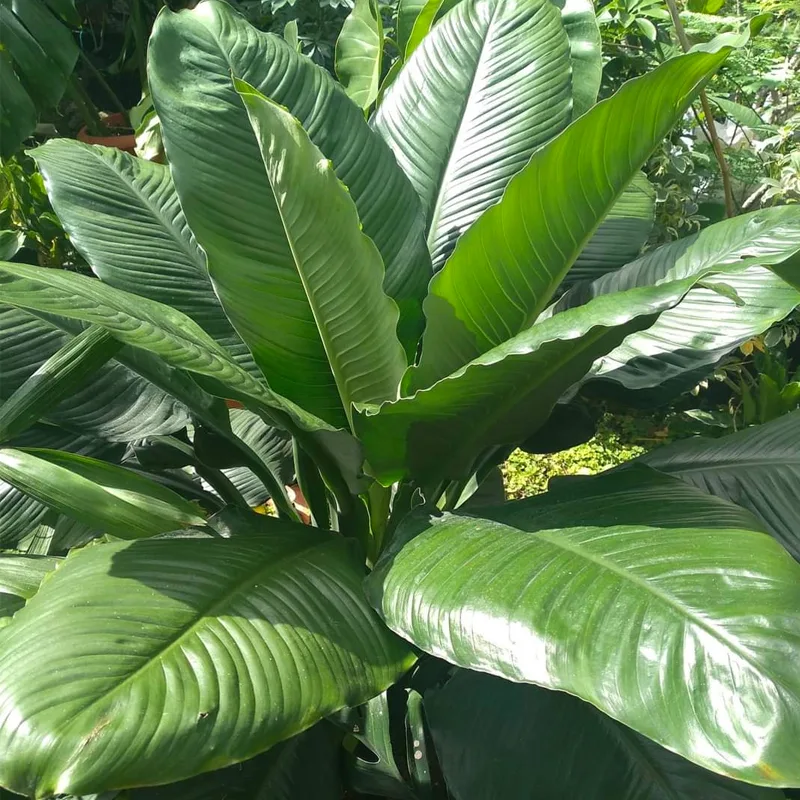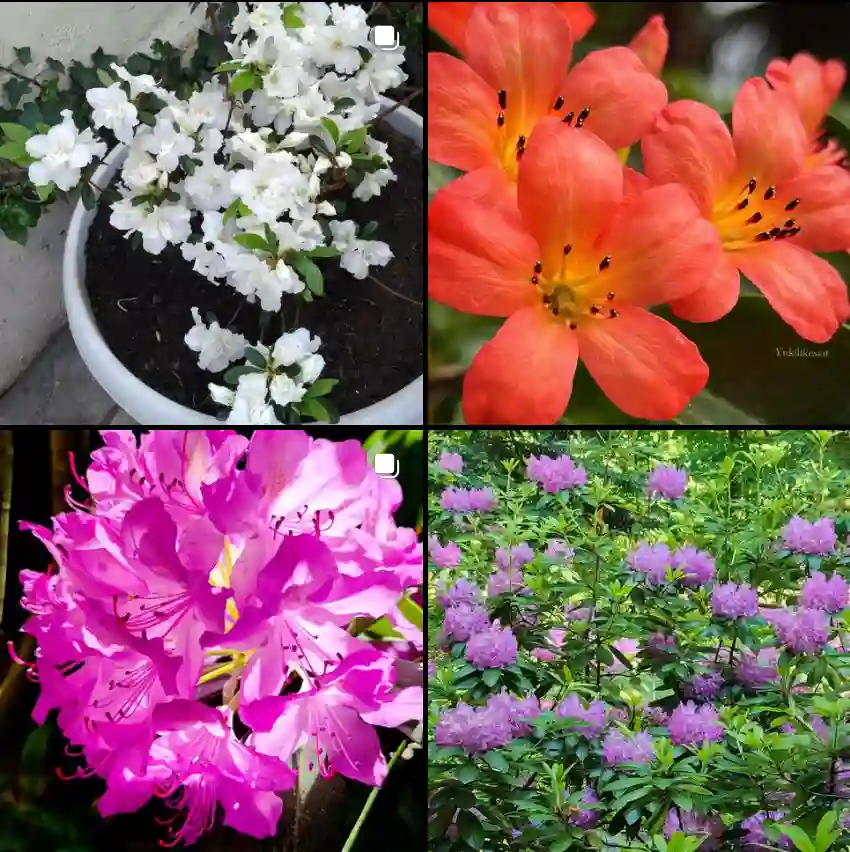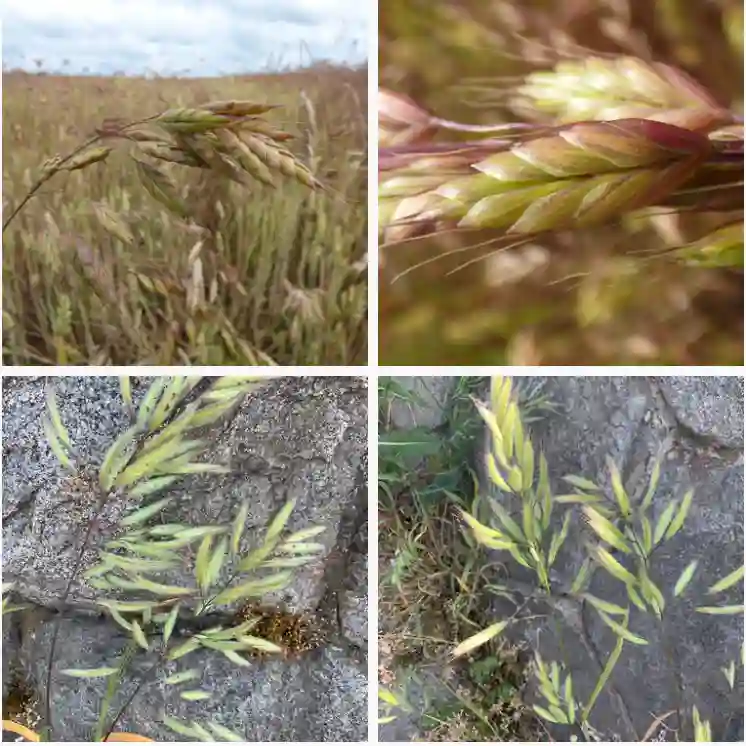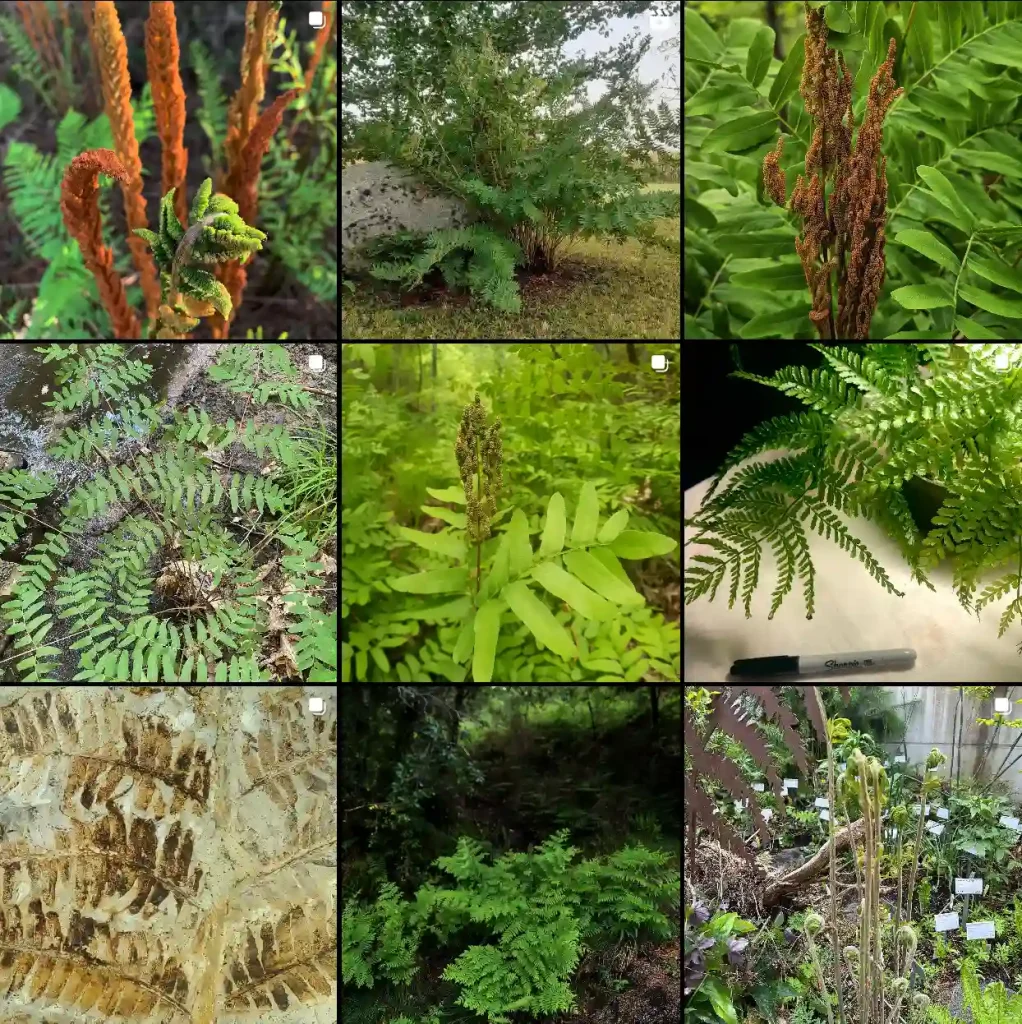Planera: A Deep Dive with Ferb Vu
I’ve always been fascinated by the intricate world of plants. Their diversity, resilience, and sheer beauty never cease to amaze me. Lately, I’ve been particularly drawn to the genus Planera, belong to the Ulmaceae family, a group of flowering plants with a rich history and unique characteristics. Join me as I delve into the world of Planera, exploring its evolution, its sole surviving species, and its significance in the broader plant kingdom.
A Relic of the Past
Planera boasts an extensive fossil record, with evidence of its existence dating back to the Cretaceous period. Imagine, these plants were around when dinosaurs roamed the Earth! This ancient lineage has left its mark across the Northern Hemisphere, with fossil remains found throughout North America, Europe, and Asia. Interestingly, there are even a few records from the Southern Hemisphere, hinting at a once wider distribution.
This rich fossil record paints a picture of a genus that has witnessed significant geological and climatic changes. It’s a testament to the resilience and adaptability of Planera, qualities that have allowed it to persist for millions of years.
The Lone Survivor
Today, Planera is represented by a single living species: Planera aquatica, commonly known as the planertree or water elm. This small deciduous tree, reaching heights of 10-15 meters, is a testament to the enduring legacy of its genus.
Planera aquatica is found in the southeastern United States, where it thrives in wetland habitats. Its preference for wet environments is reflected in its common name, “water elm.” This affinity for water sets it apart from many other tree species and highlights its unique ecological niche.
One of the most distinctive features of Planera aquatica is its fruit. Unlike the winged seeds of its close relatives, the elms, Planera aquatica produces small, prickly nuts. These unique fruits are a key characteristic of the genus and play a role in its seed dispersal.
A Closer Look at Planera aquatica
Let’s take a closer look at the defining characteristics of Planera aquatica:
- Leaves: Simple, alternate, with serrated margins, typically 3-7 cm long.
- Flowers: Small, inconspicuous, and wind-pollinated.
- Fruit: A distinctive, softly prickly nut, 10-15 mm in diameter.
- Habitat: Wet areas, such as swamps, floodplains, and riverbanks.
- Distribution: Southeastern United States.
Despite its close relationship to elms, Planera aquatica possesses a unique combination of features that distinguish it. Its small stature, prickly nut, and preference for wet habitats make it a truly unique member of the plant kingdom.
Why Planera Matters
Planera, though now represented by a single species, provides valuable insights into the evolutionary history of flowering plants. Its extensive fossil record allows scientists to trace its lineage back millions of years, providing clues about past environments and plant diversity.
Moreover, Planera aquatica plays a vital role in its wetland ecosystems. It provides habitat and food for various animals, contributes to nutrient cycling, and helps stabilize riverbanks. Its presence is a reminder of the interconnectedness of life and the importance of preserving biodiversity.
Conservation Concerns
Despite its resilience, Planera aquatica faces threats due to habitat loss and degradation. Wetland ecosystems are particularly vulnerable to human activities, such as drainage for agriculture and urban development. As these habitats disappear, so does the planertree.
Conservation efforts are crucial to ensure the survival of this unique species. Protecting and restoring wetland habitats is essential, as is raising awareness about the importance of Planera aquatica and its ecological role.
A Call to Action
I believe that understanding and appreciating the natural world is crucial, now more than ever. Planera, with its fascinating history and unique characteristics, serves as a reminder of the incredible diversity of life on Earth. Let’s work together to protect this ancient lineage and ensure that Planera aquatica continues to thrive for generations to come.
By understanding the past, we can better appreciate the present and work towards a future where both humans and nature can flourish.
If i die, water my plants!



